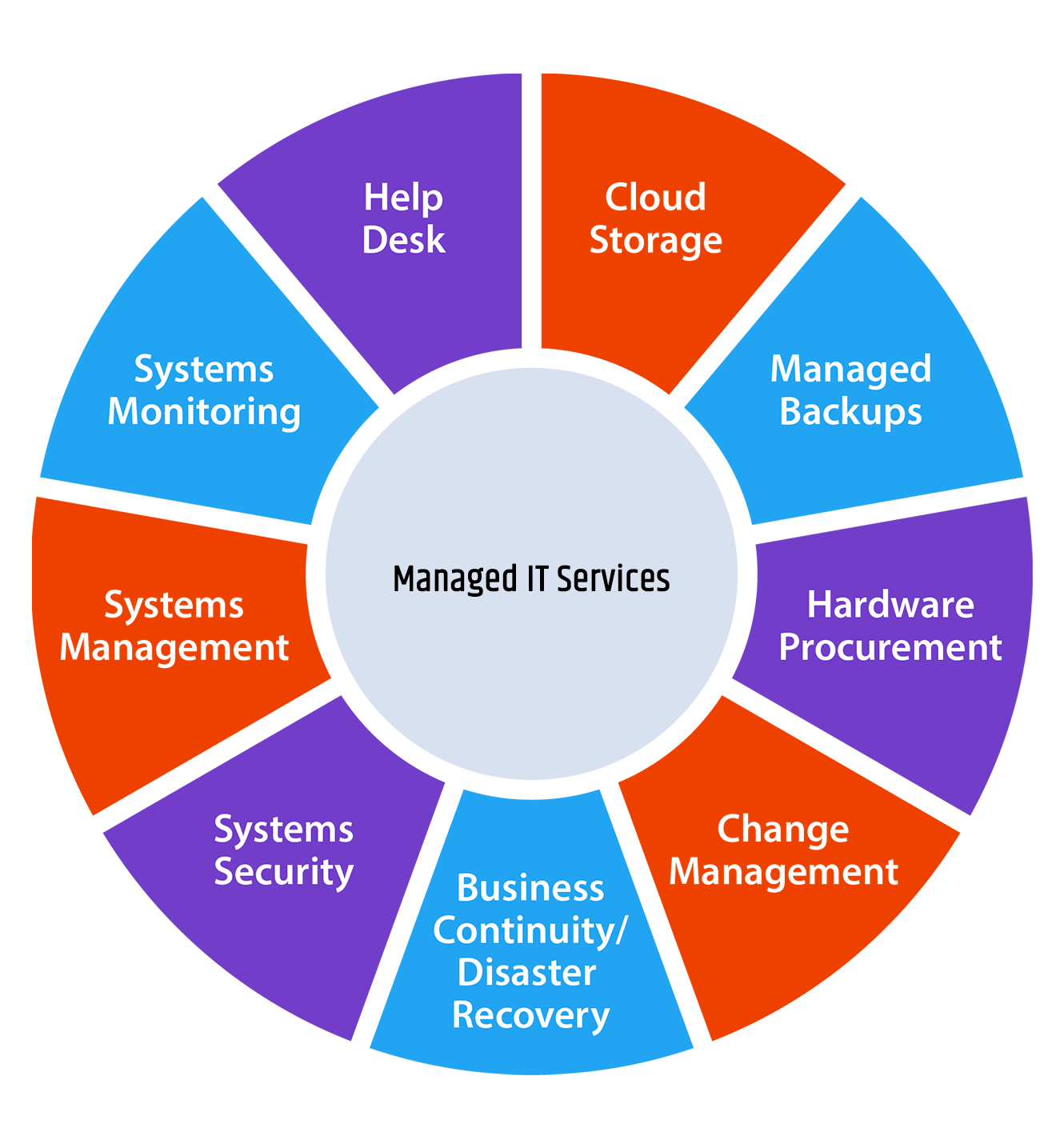Managed IT Services
Managed IT services offer businesses the opportunity to delegate their IT operations to specialized third-party organizations, known as Managed Service Providers (MSPs). These MSPs assume responsibility for either the entire IT infrastructure or specific components, as defined in a Service Level Agreement (SLA). Typically, clients procure the necessary IT equipment, while MSPs provide round-the-clock monitoring, issue resolution, reporting, and more.
Under the SLA, MSPs charge a fixed fee for their services over a specified period. The SLA outlines the exact services to be provided, their scope, and metrics for measuring their effectiveness.
The advent of cloud computing has enabled managed IT services to expand beyond geographic limitations. Through the utilization of Software as a Service (SaaS), Infrastructure as a Service (IaaS), and Platform as a Service (PaaS), these services can scale rapidly and more efficiently than traditional in-house IT operations or break/fix providers.



